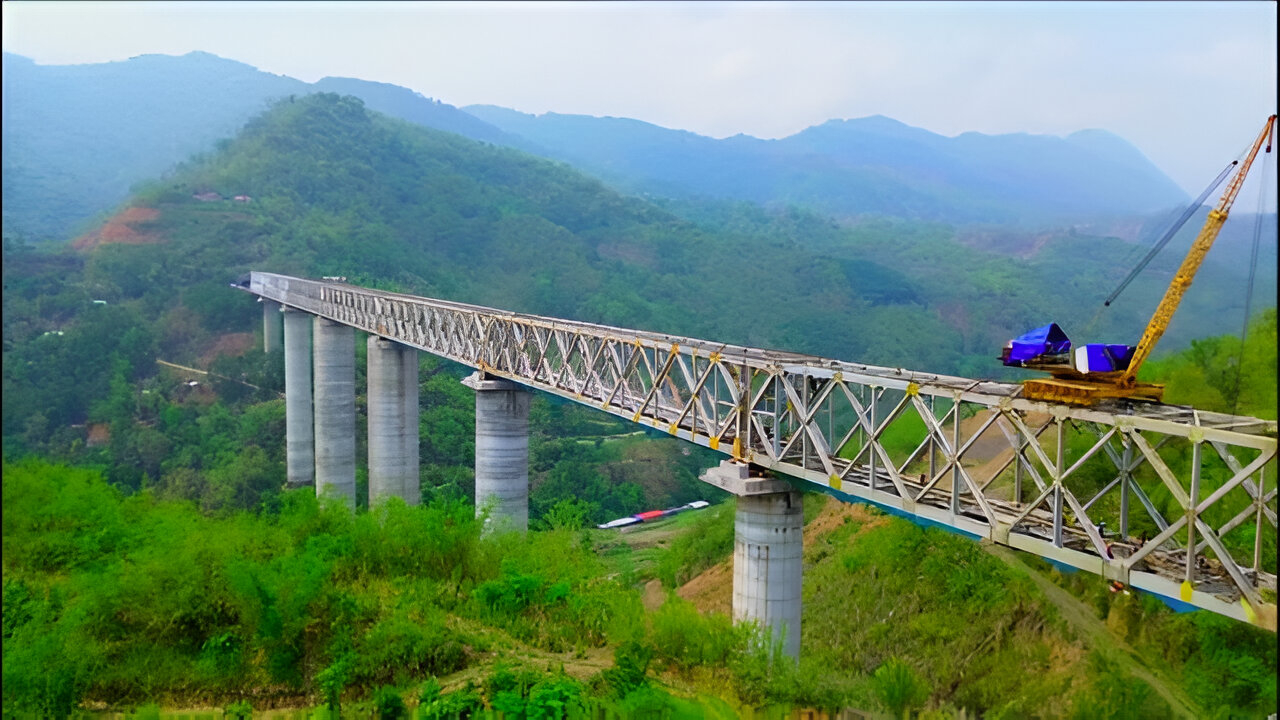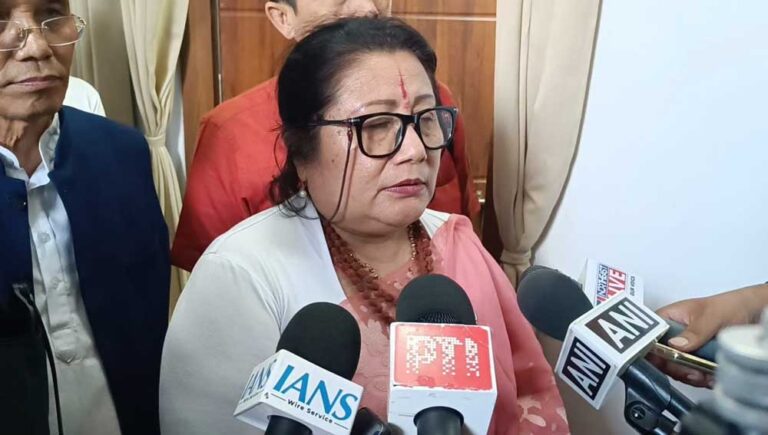Northeast Manipur Railway Project: Driving Growth and Connectivity
Summary
The Northeast Frontier Railway (NFR) has initiated a trial run of electric passenger trains between Agartala (Tripura) and Arunachal Station near Silchar (Assam), marking a significant advancement in sustainable railway transport in India’s northeast. This trial is part of a ₹46 crore electrification project launched in 2022, aiming to reduce diesel usage, lower carbon emissions, and enhance speed and reliability across the region’s rail network. The electrification aligns with Indian Railways’ goal to fully electrify its network by 2030, supporting regional economic growth by improving connectivity, reducing travel time, and promoting eco-friendly transport.
Northeast Manipur Railway Project – Driving Growth and Connectivity
Introduction: A New Era for Northeast India
The northeastern region of India, known for its rich cultural heritage and picturesque landscapes, has long faced challenges in connectivity due to its rugged terrain and historical neglect. However, recent developments in railway infrastructure, particularly the Northeast Manipur Railway Project, are set to transform the region’s accessibility and economic prospects.
Electrification Milestone: Agartala to Arunachal Station
In a significant move towards sustainable transportation, the Northeast Frontier Railway (NFR) conducted a trial run of electric passenger trains between Agartala in Tripura and Arunachal Station near Silchar, Assam. This initiative is part of a ₹46 crore electrification project launched in 2022, aiming to reduce diesel dependency, lower carbon emissions, and enhance the speed and reliability of the region’s rail network. The trial run, conducted on the Agartala-Khongsang Jan Shatabdi Express, received positive feedback from passengers, indicating a promising future for electric train services in the area.
Strategic Importance of the Jiribam–Imphal Railway Line
The Jiribam–Imphal railway line is a critical component of the Northeast Manipur Railway Project. Spanning approximately 111 kilometers, this line connects Jiribam, located on the Manipur-Assam border, to Imphal, the capital city of Manipur. The project includes the construction of 62 kilometers of tunnels, 11 major bridges, and 134 minor bridges, making it one of the most challenging railway projects in India. Notably, it features India’s longest railway tunnel, Tunnel No. 12, which stretches over 11.55 kilometers. The completion of this line is expected to significantly enhance connectivity within Manipur and with the rest of the country.
Economic Implications: Boosting Trade and Tourism
Improved railway connectivity is poised to have a substantial impact on the economy of Northeast India. The enhanced infrastructure will facilitate smoother movement of goods and people, thereby boosting trade and tourism. Local businesses will benefit from easier access to markets, while tourists will find it more convenient to explore the region’s natural beauty and cultural sites. Additionally, the railway project is expected to create employment opportunities during both the construction and operational phases.
Challenges and Resilience: Overcoming Natural Obstacles
The construction of the Jiribam–Imphal railway line has not been without challenges. In June 2022, a massive landslide occurred near the Tupul railway construction site, resulting in significant casualties and highlighting the difficulties of building infrastructure in the region’s complex terrain. Despite such setbacks, the project has demonstrated resilience, with continued efforts to ensure safety and progress.
Integration with Broader Connectivity Initiatives
The Northeast Manipur Railway Project aligns with broader national and regional connectivity initiatives. It complements the India–Myanmar–Thailand Trilateral Highway, which aims to enhance road connectivity between the three countries, and the Kaladan Multi-Modal Transit Transport Project, designed to improve sea, river, and road transport in the region. These integrated efforts are part of India’s “Act East” policy, which seeks to strengthen economic and strategic relations with Southeast Asian countries.
Future Prospects: A Vision for 2030 and Beyond
Looking ahead, the Northeast Manipur Railway Project is expected to play a pivotal role in the region’s development. By 2030, Indian Railways aims to achieve complete electrification of its network, with projects like this serving as key milestones. The improved connectivity will not only foster economic growth but also promote social integration and cultural exchange. As the region becomes more accessible, it is anticipated to attract increased investment, tourism, and opportunities for its residents
FAQs
Q1: What is the significance of the Northeast Manipur Railway Project?
A1: The project aims to enhance connectivity in Northeast India, facilitating economic growth, reducing travel time, and promoting sustainable transportation through electrification.
Q2: How does the Jiribam–Imphal railway line impact the region?
A2: It connects Manipur’s capital, Imphal, to the broader Indian railway network, improving accessibility and fostering regional development.
Q3: What challenges has the project faced?
A3: The project has encountered natural obstacles like landslides and complex terrain, requiring innovative engineering solutions and resilience.
Q4: How does this project align with India’s broader connectivity goals?
A4: It complements initiatives like the India–Myanmar–Thailand Trilateral Highway and the Kaladan Multi-Modal Transit Transport Project, enhancing regional integration under the “Act East” policy.
Q5: What are the future prospects of the project?
A5: The project is expected to be a catalyst for economic development, increased tourism, and improved quality of life in Northeast India, aligning with India’s vision for comprehensive infrastructure growth by 2030.




